The Ardo washing machine fills and immediately drains water
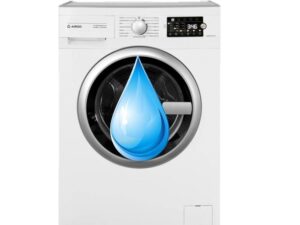 The modern Ardo washing machine is quite reliable, but it also has typical faults. One of them is a problematic drain. More precisely, a situation where the machine cannot “hold” water in the drum: it fills and immediately drains. With such a cycle, it is impossible to start washing; the equipment works non-stop and hums or gives an error and freezes. It is not possible to avoid diagnosis - you need to look for the roots of the breakdown and eliminate it.
The modern Ardo washing machine is quite reliable, but it also has typical faults. One of them is a problematic drain. More precisely, a situation where the machine cannot “hold” water in the drum: it fills and immediately drains. With such a cycle, it is impossible to start washing; the equipment works non-stop and hums or gives an error and freezes. It is not possible to avoid diagnosis - you need to look for the roots of the breakdown and eliminate it.
Let's determine the range of possible breakdowns
It is impossible to miss that the machine constantly takes in water and drains. The cycle will not complete at the usual time, the machine will buzz continuously, and the items in the drum will remain dirty. There is no talk of washing - everything from the water supply goes into the sewer without stopping. The following reasons lead to this behavior of the washer:
- the drain hose is not connected correctly;
- the internal or central sewage system is clogged;
- the drain pump failed;

- the pressure switch does not work correctly;
- the control board is stuck or broken.
Normally, the tank filling time of an Ardo washing machine should not exceed 3-5 minutes, depending on the capacity of the model.
You can’t turn a blind eye to the continuous drain—the problem won’t solve itself. Moreover, with such “symptoms” it is prohibited to operate the Ardo washing machine. Firstly, uncontrolled filling and emptying of the drum threatens severe leakage and short circuit. Secondly, all drainage elements, including valves, pump and hoses, are severely affected.
Is the hose connected properly?
The newly installed Ardo fills and immediately drains water more often.If the machine has recently “moved” to a new location or was started for the first time after purchase, then most likely the problem is in the drain hose. The fact is that often when installing a drainage hose, mistakes are made that lead to uncontrolled drainage.
The drain hose loop should be located at least 50-60 cm from the floor surface.
The drain hose is checked in two ways:
- visual inspection;
- test cycle.
It is better to resort to the first option and carefully inspect the hose, or rather, measure its height. It is not for nothing that manufacturers prescribe in the instructions that the sleeve must be fixed at least 50-60 cm from the floor. This is the only way it will rise above the level of the tank, and the difference in pressure will prevent the liquid from flowing out of the tank randomly. Otherwise, the “siphon effect” does not work, the water goes into the sewer, and the pressure switch detects the dropped level and begins to fill. Such a “whirlpool” can last a long time until a person intervenes or the lights in the apartment turn off.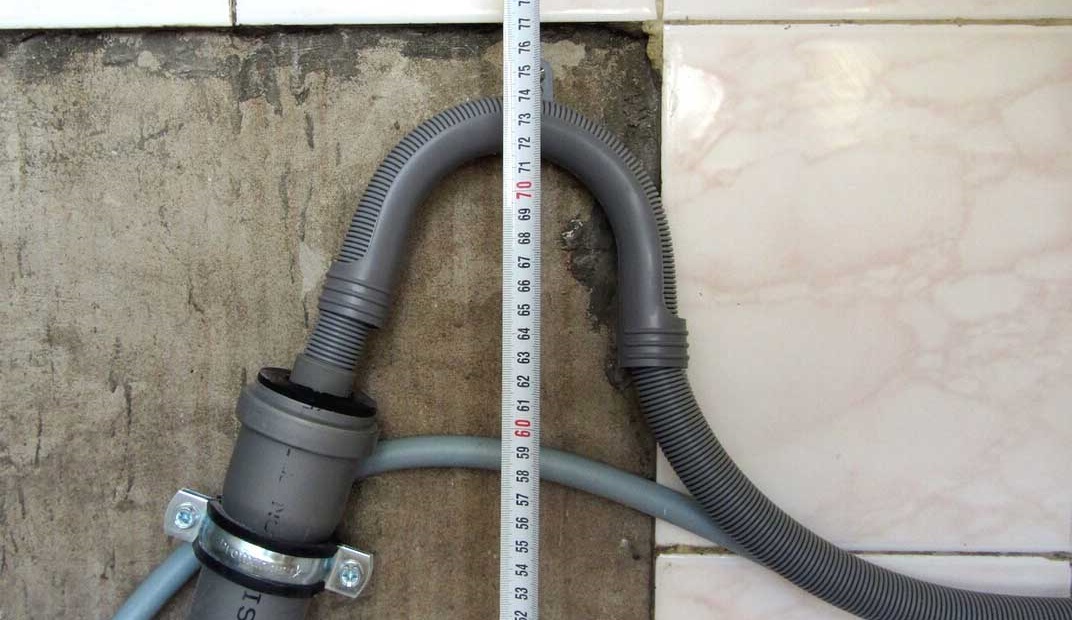
If inspecting the hose is problematic, then there is another diagnostic option - running a test cycle. We turn on any mode and evaluate the symptoms. If there is a problem with the drainage hose, the machine will begin draining as soon as water begins to flow into the drum. There is no dilemma about what to do to fix the breakdown. There is only one way out - to adjust the position of the hose. Just open the factory instructions and find the item about the required height for the drain hose. The special plastic loop that comes with the Ardo will help with the adjustment. It is necessary to fix the hook in a specially designated place on the back panel and insert the corrugation into it.
The fluff filter is clogged
Sometimes water drains randomly due to blockages. The accumulation of dirt in the pipes, on the impeller blades and in the pump leads to chaotic operation of the latter - a malfunction occurs, the washing machine unplannedly begins to empty the drum. The pressure switch responds by starting a new set, and everything repeats again. It needs repairs, or rather, drainage cleaning. Diagnosis of the drain occurs in a certain order. The first one in line is the garbage filter. To check and clean it, you need to:
- disconnect Ardo from communications;
- unhook the technical hatch door from the body;

- grab the protruding part of the filter and carefully unscrew it from the “socket”;
When you unscrew the drain filter, water will flow out of the machine!
- inspect the nozzle, if necessary, rinse and soak in lemon solution.
The second step is to clean the hole freed from the filter. Then we shine a flashlight into the nest and find the impeller. Its blades must rotate freely, otherwise you will have to dismantle the pump and remove adhering dirt from the elements. There is another way: put the Ardo washing machine on its side and inspect the drain through the bottom. It is faster and more convenient, since you do not need to act blindly and by touch.
The pressure switch is dirty or not working
If the machine washed for a long time without any complaints and suddenly began to flood and drain, then the pressure switch comes under suspicion. It is the level sensor that monitors the degree of filling of the tank, sending a command to the board to start and end the fill. If the relay breaks down, it does not work correctly, for example, it “does not see” the excess volume of water, continuing to gain liters. The machine's safety system will prevent leakage by starting the drain. The level sensor breaks down for several reasons:
- contacts have oxidized;
- the terminals are loose;
- contacts are closed incorrectly;
- the membrane has lost the necessary tightness;
- the fitting tube is cracked or clogged.
Diagnostics of the pressure switch is necessary immediately - otherwise there is a high risk of leakage with subsequent flooding of the room. The first step is to turn off the power to the washing machine and turn off the water supply, and then begin a comprehensive check of the sensor. The instructions are as follows: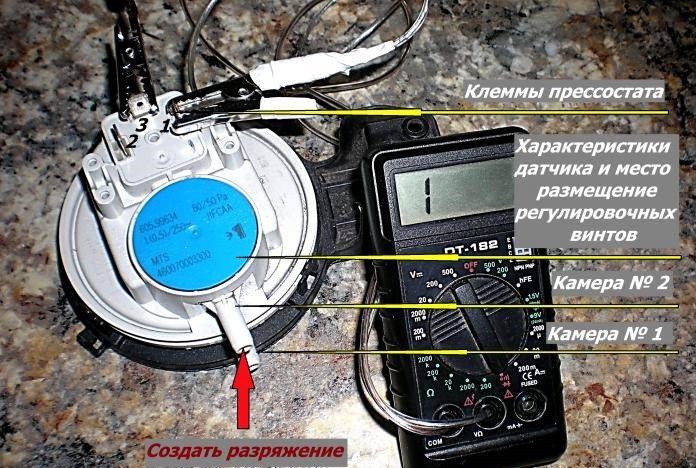
- unscrew the bolts holding the top cover;
- push the cover forward, release the latches and remove the panel;
- find a pressure switch near the right wall;
- release the pressure switch from the fixing bolts;
- remove the sensor along with the tube.
Only original spare parts are purchased for replacement, taking into account the serial number of the Ardo model.
The next step is to inspect the sensor for blockages and damage. If necessary, we wash the hose with our own hands and clean the oxidized contacts. Next, we find a tube commensurate with the fitting and bleed the system: if you hear clicks, it means everything is working.
It is not profitable to repair a pressure switch; it is cheaper and faster to buy a new one and replace the faulty one with it. Installation is easy: insert the sensor into the grooves, fix it and connect it. After all the manipulations, we assemble the machine and start the quick cycle. If the washer fills with water and starts washing, then the problem is solved.
Interesting:
Reader comments
- Share your opinion - leave a comment
Categories
Washing machine repair


For buyers

For users

Dishwasher


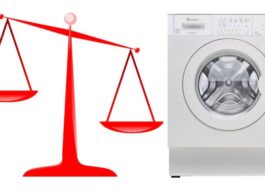
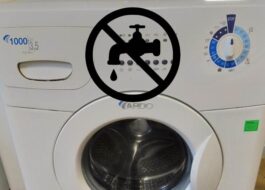
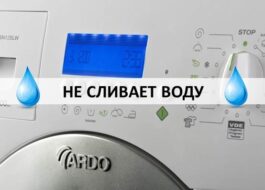












Add a comment